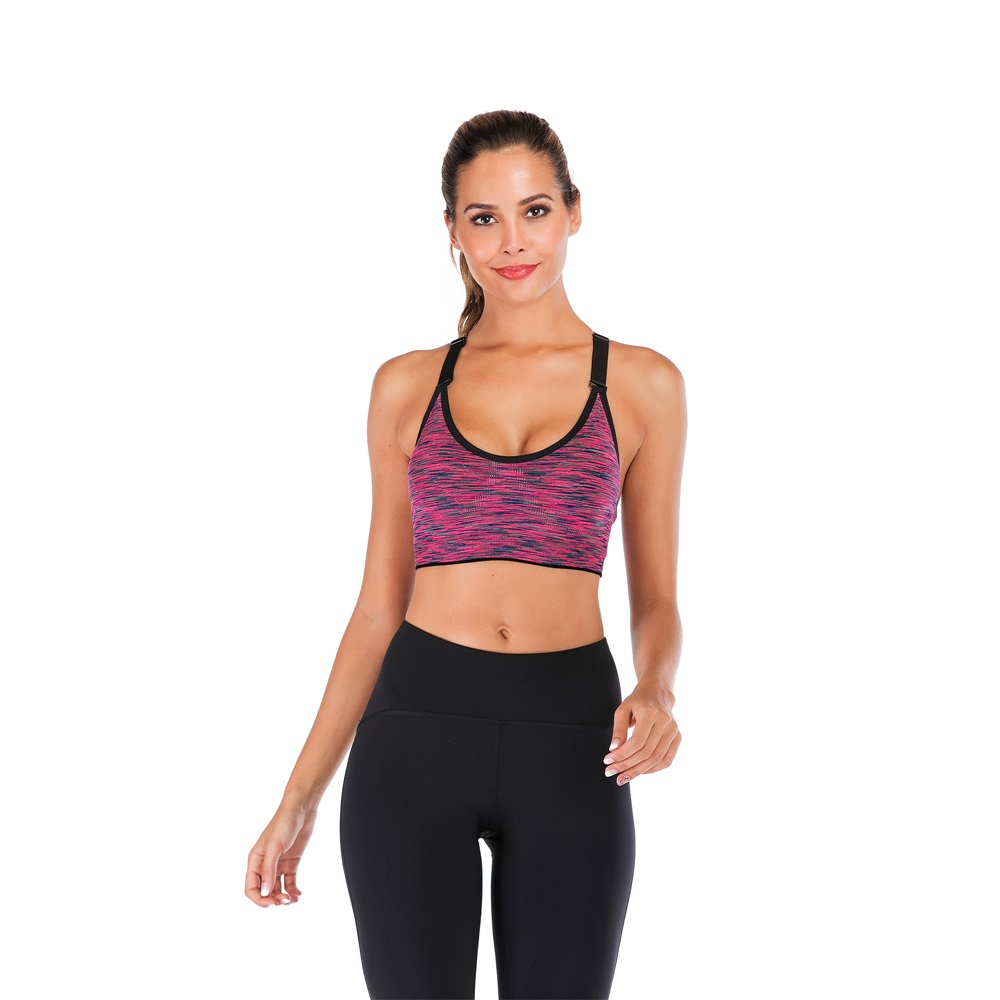6 Simple Techniques For "How to Incorporate Restorative Yoga Exercises into Your Daily Routine"

Finding Balance via Restorative Yoga: Posture for Stability and Harmony
Restorative yoga is a mild and restorative method that strives to bring equilibrium and consistency to the body, thoughts, and spirit. While numerous kinds of yoga exercise emphasis on dynamic activities and strength-building posture, corrective doing yoga takes a various technique by utilizing static extent and assisted poses to promote deep-seated leisure and healing.
In our fast-paced modern lives, finding equilibrium may frequently feel like an elusive target. We are consistently pounded along with stimulations from our job, personal lives, and modern technology. This continuous numerous hours may leave behind us feeling bogged down, exhausted, and separated coming from ourselves. Corrective yoga exercise offers a reprieve coming from this turmoil through delivering a room for stillness, self-questioning, and revitalization.
One of the essential concepts of corrective yoga is the make use of of props such as bolsters, coverings, blocks, and bands to assist the body system in various poses. These props aid to make a sense of reliability and convenience which enables the practitioner to completely kick back right into each posture. Through utilizing props in this way, corrective doing yoga permits people of all abilities to experience the advantages of deeper leisure without stress or soreness.
To discover harmony via corrective yoga, it is useful to combine poses that ensure security in each body and thoughts. Listed below are some crucial poses that can easily be exercised regularly:
1. Sustained Child's Pose (Balasana): Start by positioning a bolster lengthwise on your floor covering. Kneel down along with your knees wide apart and huge toes touching responsible for you. Extend your upper arms ahead as you decrease your breast onto the bolster. Allow your temple to relax on piled hands or on the bolster itself. Shut your eyes and center on slow deep-seated breaths as you relinquish right into this mild extent for your hips and decrease back.
2. Assisted Bridge Pose (Setu Bandha Sarvangasana): Lie down along with your knees bent, feet hip-width apart on the mat, and arms relaxing through your sides. Put a block underneath your sacrum (the cuneate bone at the bottom of your spinal column) and adjust its elevation to your comfort degree. Unwind in to the help of the block and make it possible for your upper body to open as you inhale deeply. This posture assists to relieve pressure in the lesser back and advertise a feeling of grounding.
3. Legs-Up-The-Wall Pose (Viparita Karani): Sit sideways against a wall with one hip touching it. As you are located down, swing your lower legs up versus the wall structure so that they are straight and vertical to the flooring. Scamper your buttocks as close to the wall structure as feasible, making it possible for yourself to fully kick back in to this contradiction posture. Close your eyes and center on slow, balanced breathing as you really feel a gentle extent in the back of your legs and reduce back.
4. Supported Savasana (Corpse Pose): Deception down on your back with a bolster or rolled-up quilt placed lengthwise under your knees for assistance. Relax your arms by your sides, palms encountering up, with a light room between each underarm and body system. Finalize your eyes and relinquish right into tranquility as you allow gravity to sustain every part of your body system. Keep in this pose for at the very least 5-10 moments, centering on deeper leisure and permitting go.
These corrective posture may be engaged in independently or combined in to a sequence that fit your needs. Intend to store each pose for 5-10 mins or a lot longer if preferred, permitting yourself substantial opportunity to surrender into leisure.
As you combine restorative yoga right into your program, you might see great change in both physical and mental well-being. The practice aids to minimize tension degrees through turning on the parasympathetic stressed unit, which ensures relaxation and recuperation within the body.

Corrective doing yoga additionally promotes introspection by supplying an chance for self-reflection during the course of moments of tranquility. By planting a sense of balance and compatibility within ourselves, we are much better geared up to browse the challenges of regular life with style and resilience.
In conclusion, corrective doing yoga offers a effective pathway to finding equilibrium in our fast-paced world. Through incorporating delicate supported posture in to our practice, we may advertise reliability and compatibility in both body and mind. Therefore, take More In-Depth for yourself, roll out your floor covering, and embark on a trip of deeper leisure and self-discovery via corrective yoga.
